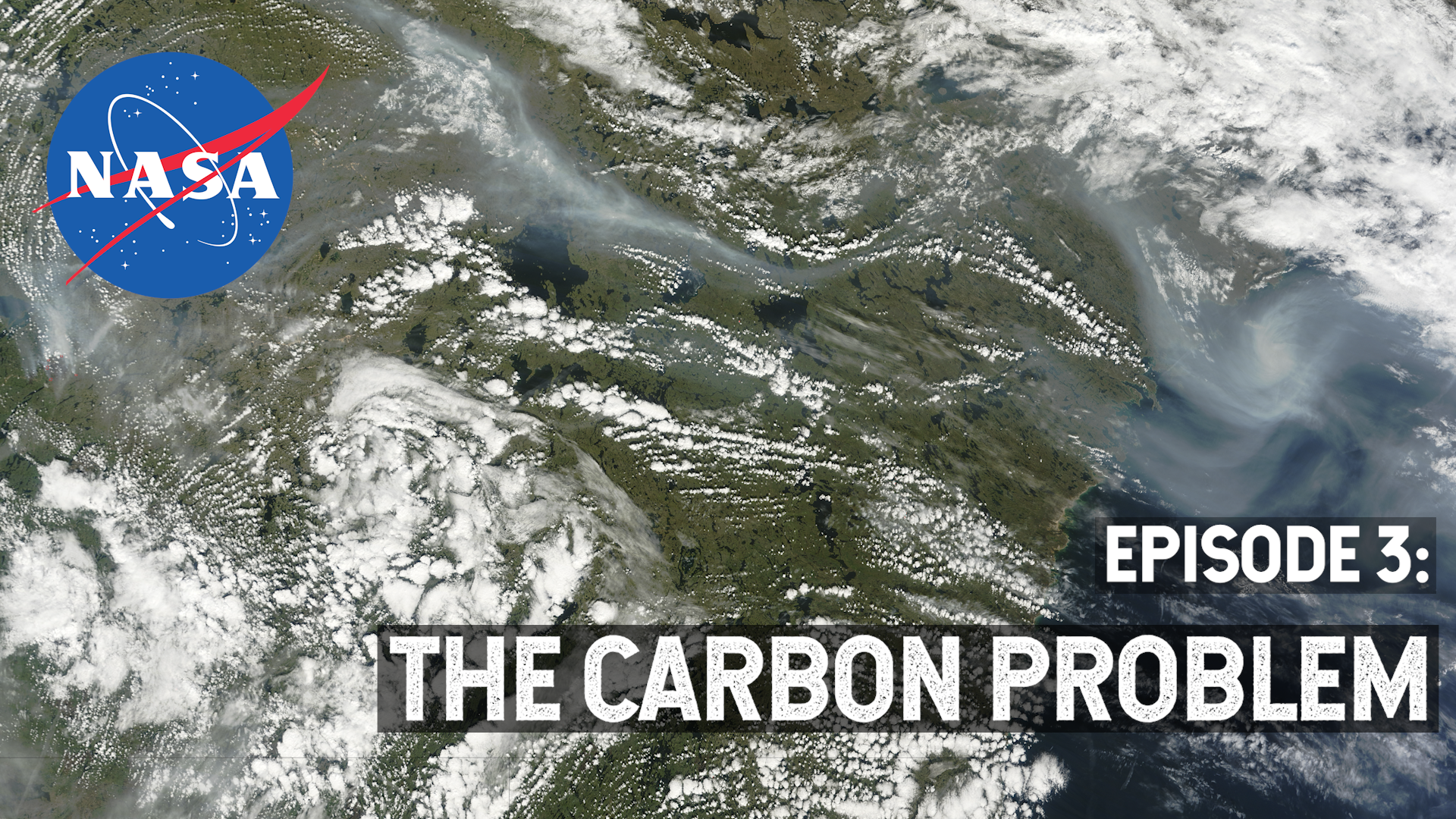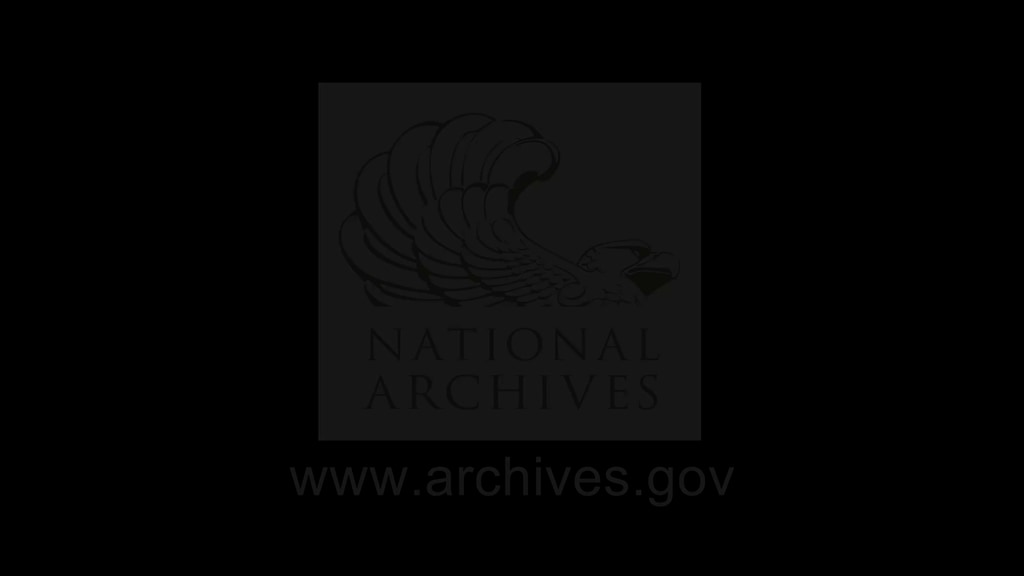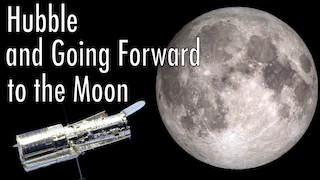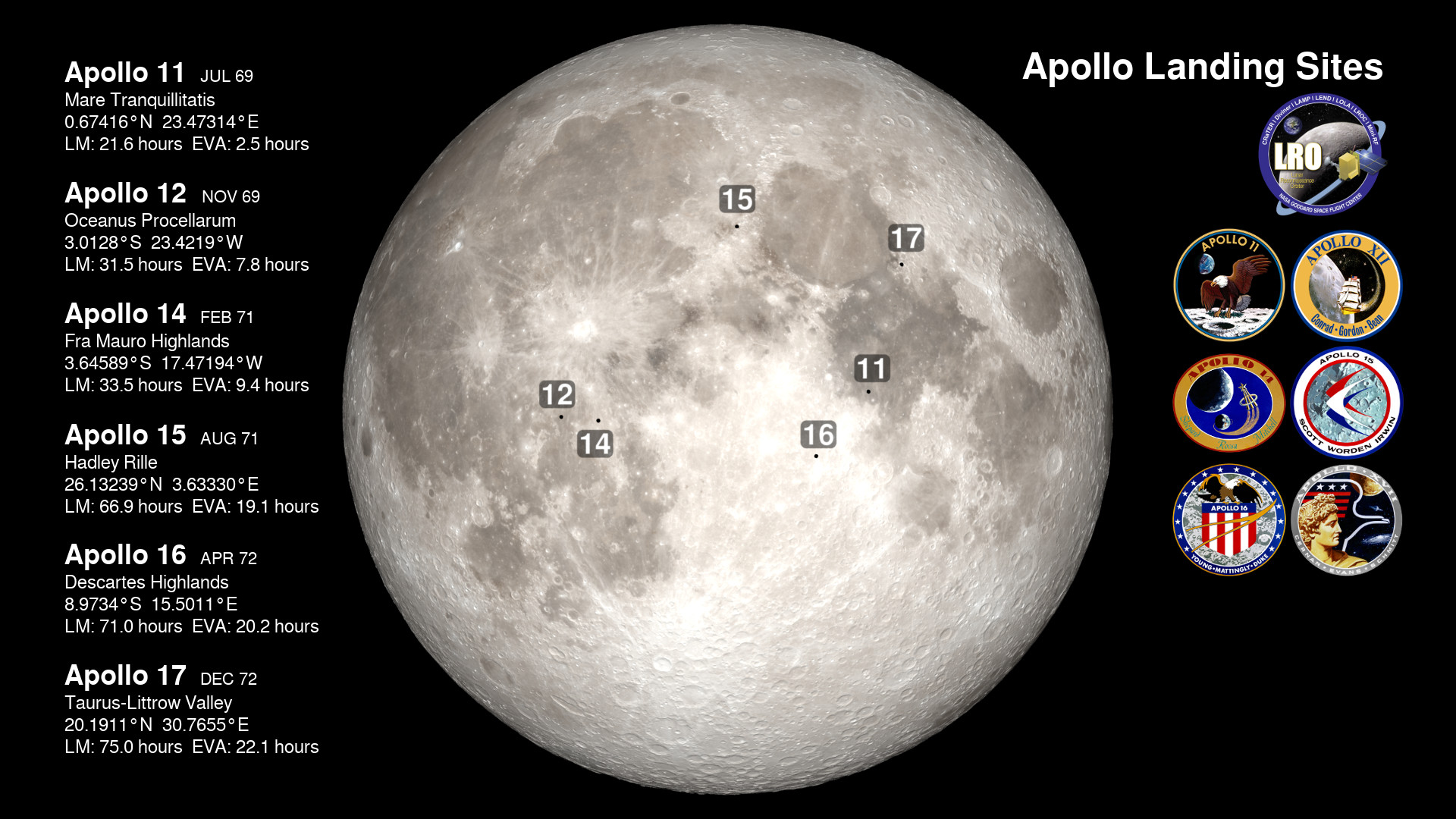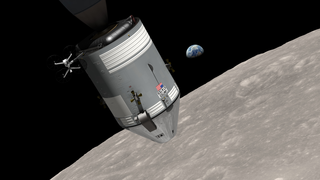NASA Explorers | Season Two: Apollo
NASA Explorers: Apollo is an audio series that tells stories of the Moon and the people who explore it. Coming soon, you can listen to NASA Explorers: Apollo on: Apple Podcasts, SoundCloud, Google Play and Facebook Watch.
Music: Tycho's Daydream by Daniel Wyantis
Complete transcript available.
NASA Explorers: Apollo is an audio series that tells stories about our Moon and the people who explore it.
During the Apollo program, the Moon became a part of the human domain. Twelve astronauts walked on the lunar surface, conducted research there and collected Moon rocks to bring back to Earth for study. Fifty years after humanity’s first steps on the Moon, today’s lunar scientists are searching for answers to the big questions: How did the Moon form? How did our solar system evolve? Did the Moon help life on Earth get its start?
Meet a Moon detective, scientists who study space rocks and people from all over the world whose lives were shaped by the epic adventures of the Apollo program. You can listen to NASA Explorers: Apollo on:
Apple Podcasts
SoundCloud
Google Play
Facebook Watch
The multimedia assets are available for download on this page.
Help NASA celebrate the 50th anniversary of the Apollo 11 Moon landing by submitting your story to our NASA Explorers: Apollo oral history project.
Music: Tycho's Daydream by Daniel Wyantis
Complete transcript available.
Sonification is the process of translating data into sound and music. In this musical data sonification of lunar knowledge and exploration, we can hear the progress made throughout the Apollo program to now as our understanding of the Moon expands. Listen to the percussion, which signals launches and the passage of time; the pitch of the string and brass instruments conveys the amount of scientific activity associated with the Moon over time.
Data compiled by NASA using Google Scholar. Each year's data represents the number of articles, citations and patents dated in that year and returned by Google Scholar when applying a certain set of keywords.
Credit: SYSTEM Sounds/Matt Russo and Andrew Santaguida
Complete transcript available.

The artwork in this commemorative poster celebrates the spirit of exploration we carry with us as we go forward to the Moon. The astronaut, ever-reaching, keeps their gaze locked on our Moon. Behind the astronaut, a circular window into star-studded outer space beckons, showing that our mission to explore the great beyond doesn’t end with the Moon. This is only the beginning.
Credit: NASA/Stephanie Zeller

NASA Moon data expert Ernie Wright created this digital 3D model of the Moon using global elevation maps and image mosaics from the Lunar Reconnaissance Orbiter mission. The lighting is derived from actual Sun angles during lunar days in 2018.
Credits: NASA/LRO/Ernie Wright

Left: Denis Petro is a doctor and biomedical engineer who helped NASA ensure the Apollo astronauts stayed alive, healthy and comfortable while exploring the Moon. This newspaper article from 1972 commends Petro for his research on measuring pain thresholds. Right: In a photo taken by his father, NASA lunar scientist Noah Petro stands in front of an Apollo-era Saturn V rocket on display at NASA’s Johnson Space Center. Denis later had the photo signed by Apollo astronaut Buzz Aldrin.
Credit: Photos courtesy of Noah Petro

NASA scientists Sarah Valencia, Barbara Cohen and Natalie Curran hold lunar rock and soil samples collected during the Apollo missions. NASA’s Mid-Atlantic Noble Gas Research Laboratory (MNGRL) studies rocks from the Moon and Mars to learn more about their age, which sheds light on how our solar system formed.
Credit: NASA/Molly Wasser

During the Apollo program, six crews of astronauts landed on the Moon and installed science experiments on the lunar surface. This label outlines the information contained on a tape full of restored data from the Apollo 17 mission.
Credits: NASA/Patrick Taylor
Episode 1: Giant Leaps
Full episode
What does a half-century of lunar science sound like? Join Moon data expert Ernie Wright on a musical time-traveling journey through the Apollo program and the exploration era of today. We explore what we knew about the Moon before Apollo, what we discovered because of it and the mysteries today’s scientists are working to solve.
Elena, from Nantes, France, shares her memory of watching the Apollo 11 landing from a friend’s house in Seattle.
Listen to the NASA Explorers: Apollo audio series.
Data sonification by Matt Russo and Andrew Santaguida of SYSTEM Sounds
Music by Lee Rosevere and Daniel Wytanis
Complete transcript available.
Episode 2: The Family Moon Business
Full episode
Lunar exploration runs in the family for the Petros. NASA lunar scientist Noah Petro interviews his father, Denis, about his work as an Apollo program engineer. In a heartfelt conversation, Noah and his dad examine the human impact of the momentous Apollo 11 mission and their shared passion for science and learning.
Ginny from Danville, Kentucky, tells a story about celebrating the Moon landing with her childhood friends and a secret lemonade stand.
Music by Lee Rosevere and Daniel Wytanis
Complete transcript available.
Episode 3: Moon Girl
Full episode
Meet the scientists who are making big discoveries by studying some very tiny rocks. The women of NASA’s Mid-Atlantic Noble Gas Research Laboratory (MNGRL) are getting ready to analyze never-before-seen Moon samples. These samples, collected by Apollo astronauts and brought back to Earth, have been carefully preserved for half a century so they could be studied by future generations of scientists.
Sophie, a 13-year-old from Athens, Greece, shares how lunar exploration inspires her to become an astrophysicist.
Music by Lee Rosevere and Daniel Wytanis
Complete transcript available.
Episode 4: Moon Detective
Full episode
What happened to the lost data from the Apollo era? Get to know the “data detectives” who are tracking it down. The science experiments the Apollo astronauts conducted from the surface of the Moon provide a long-term data record that’s crucial to understanding our Moon as a complete system. Today’s scientists are looking forward to future human exploration of the Moon and the discoveries to follow.
Ketan from Sugarland, Texas, tells us about his childhood in Mumbai, India, and how his father made sure his children got a firsthand look at the Moon landing.
Music by Lee Rosevere and Daniel Wytanis
Complete transcript available.
For More Information
Credits
Please give credit for this item to:
NASA's Goddard Space Flight Center
-
Producers
- Kaliah Hobbs (GSFC Interns)
- Katie Atkinson (GSFC Interns)
- Haley Reed (ADNET Systems, Inc.)
- Micheala Sosby (NASA/GSFC)
-
Narrators
- Katie Atkinson (GSFC Interns)
- Katie Atkinson (ADNET Systems, Inc.)
-
Technical support
- Aaron E. Lepsch (ADNET Systems, Inc.)
Release date
This page was originally published on Wednesday, June 19, 2019.
This page was last updated on Wednesday, May 3, 2023 at 1:45 PM EDT.
